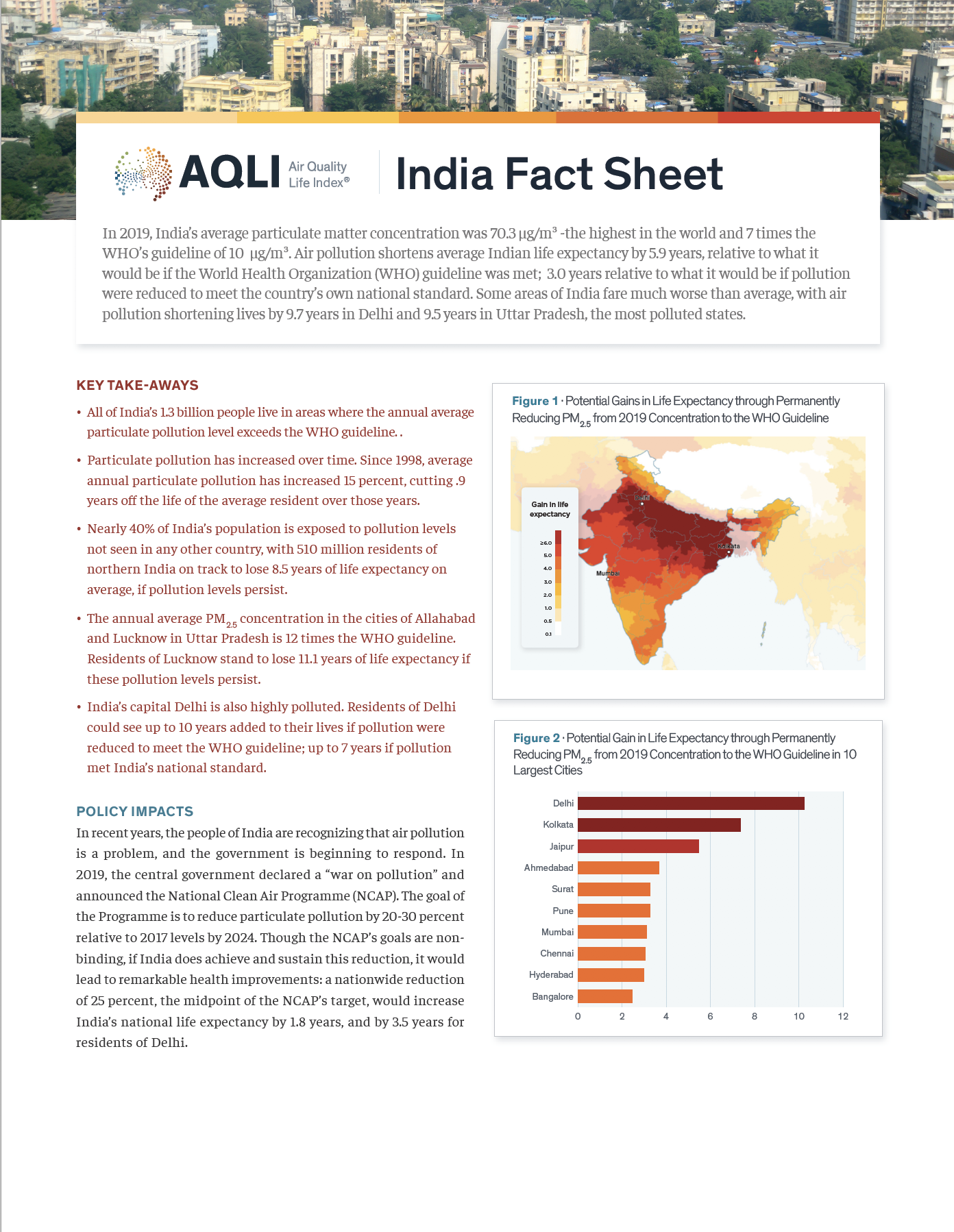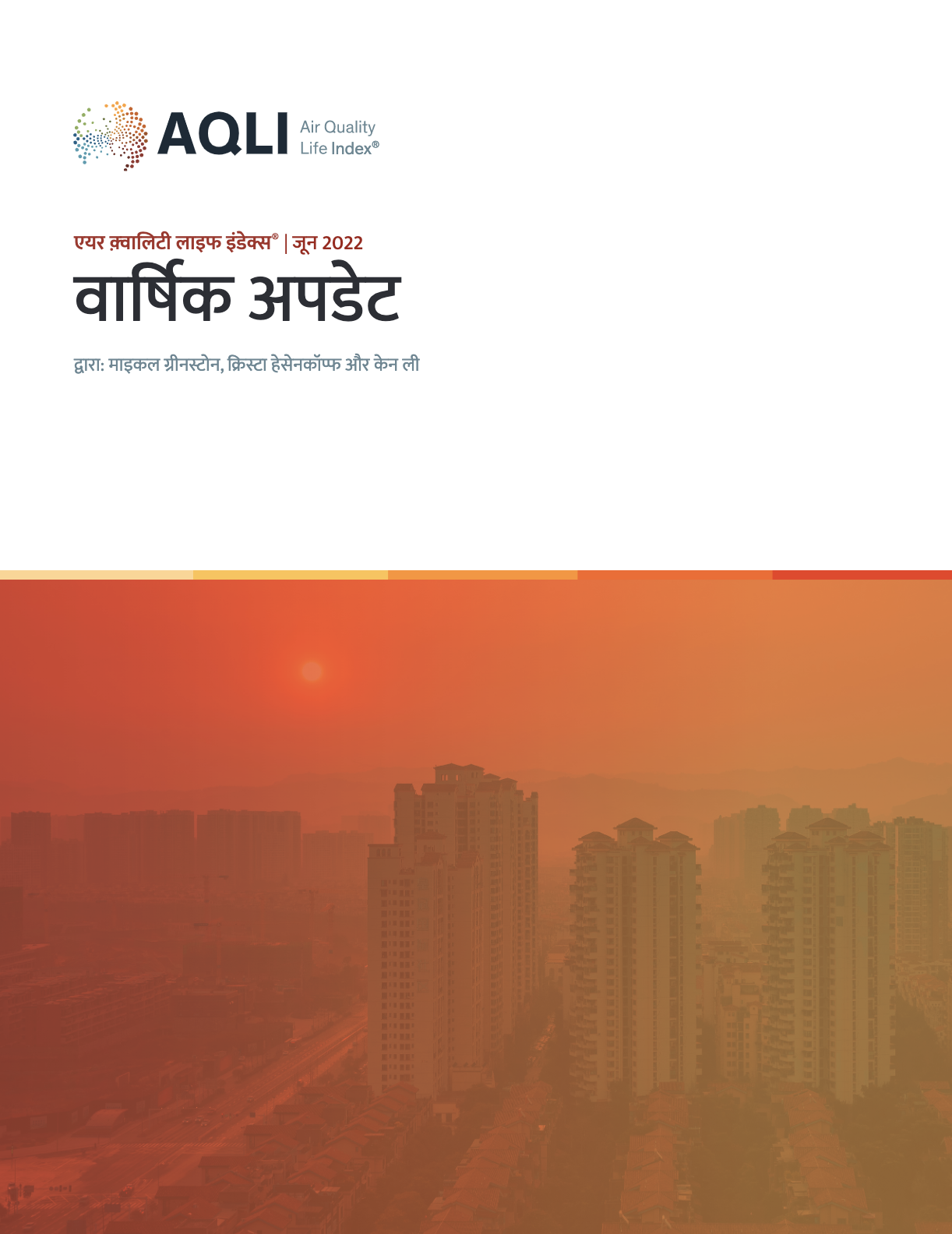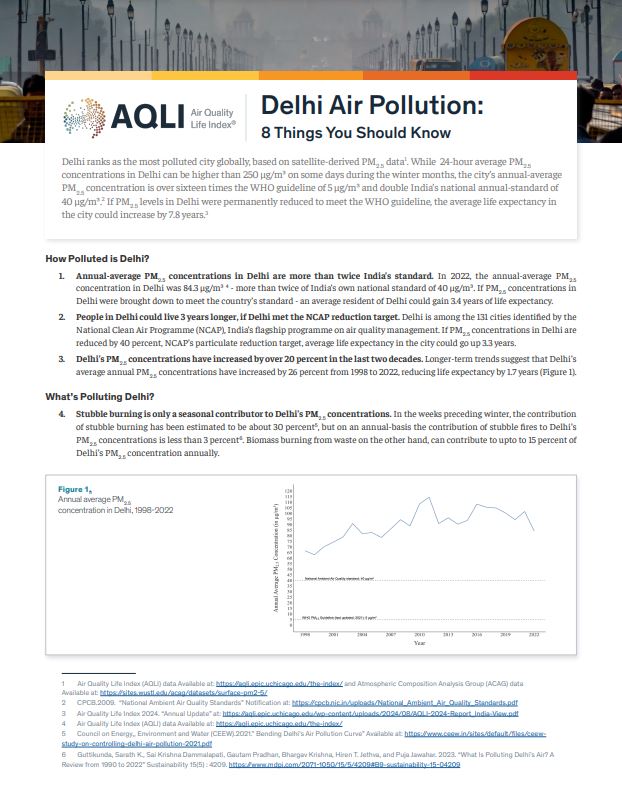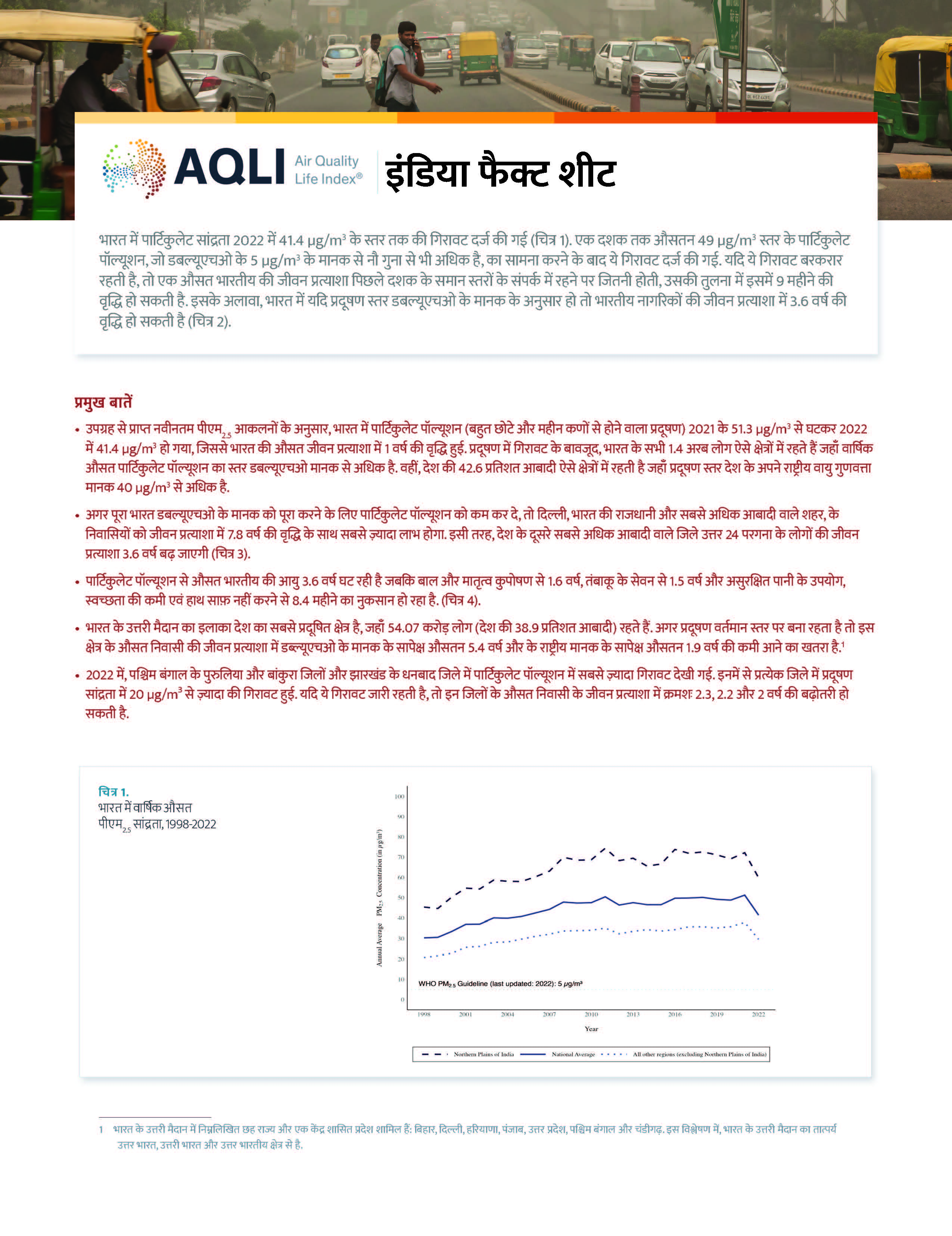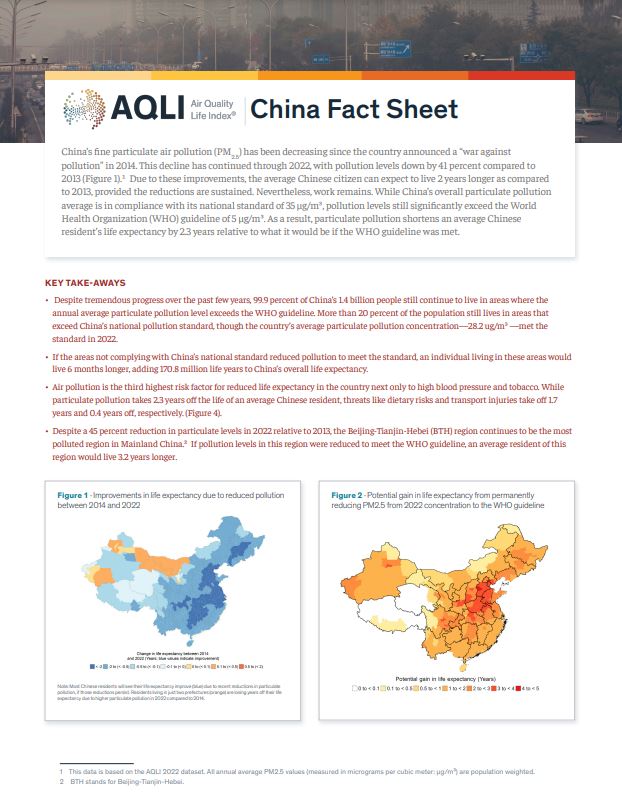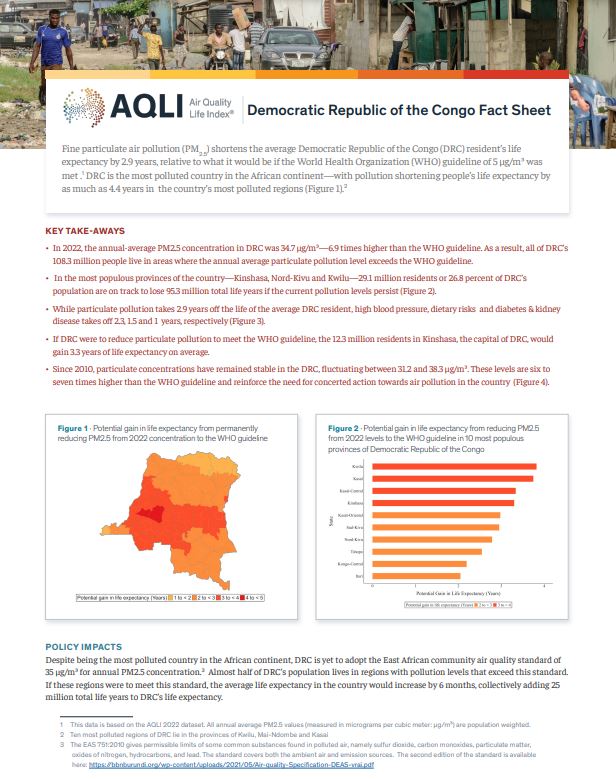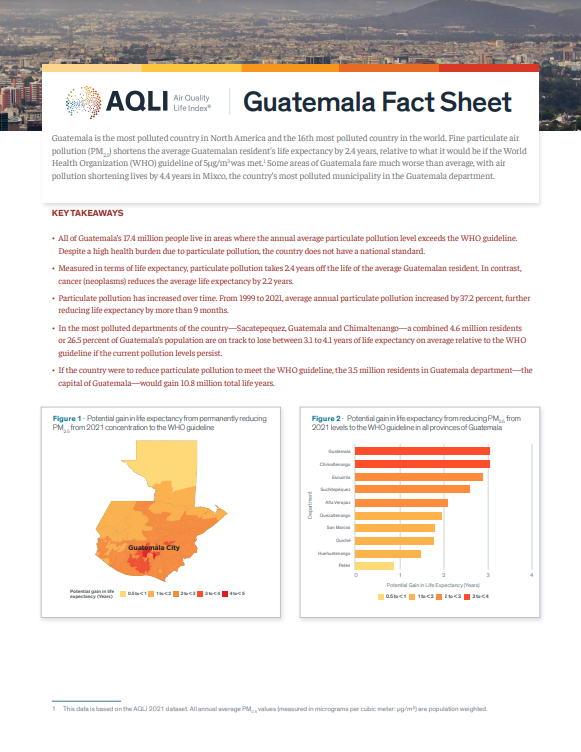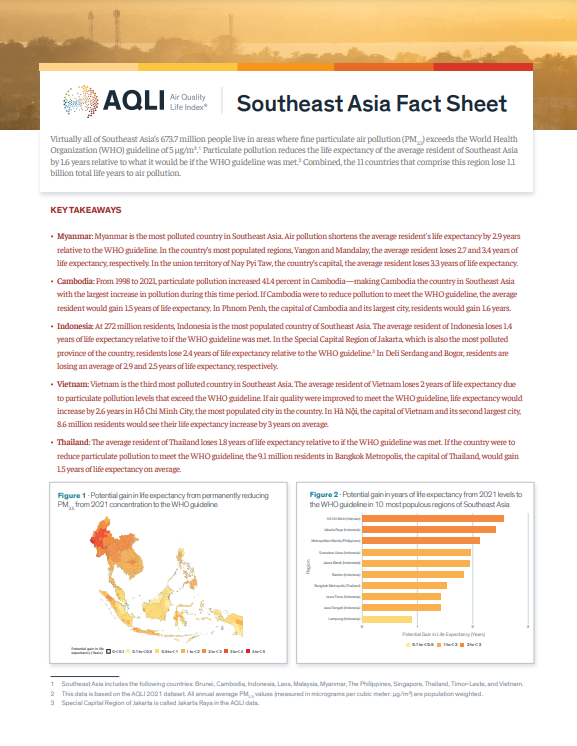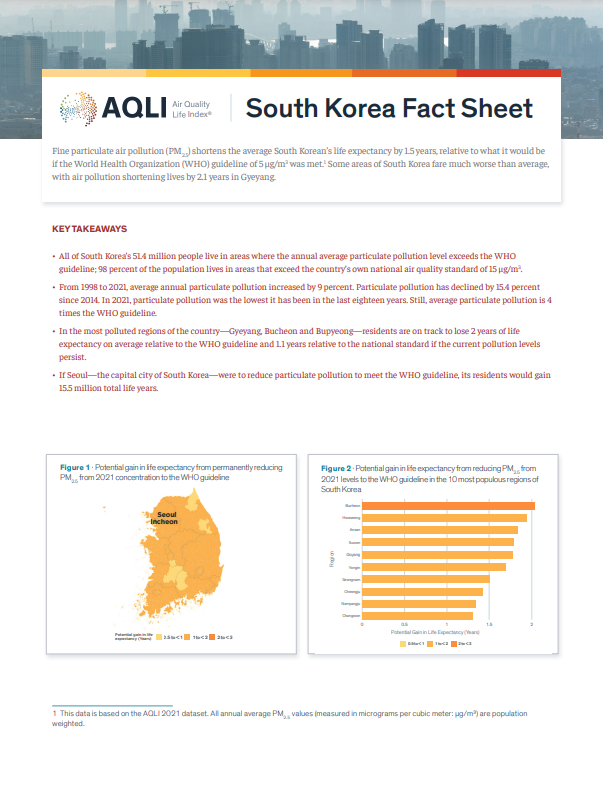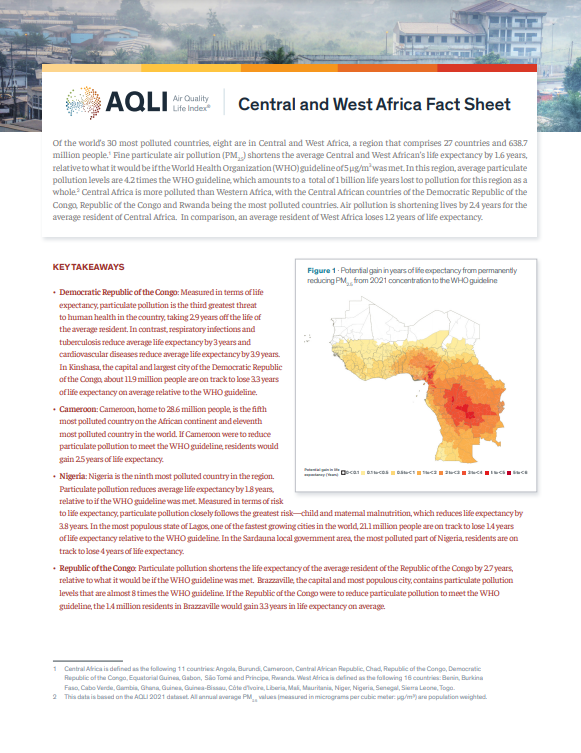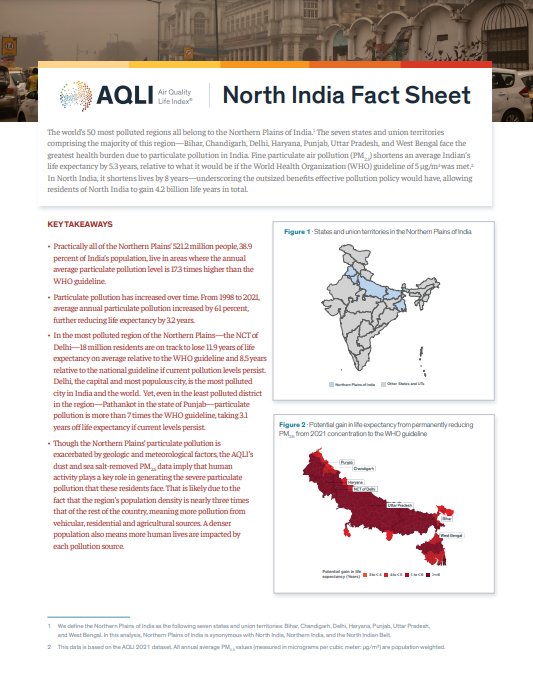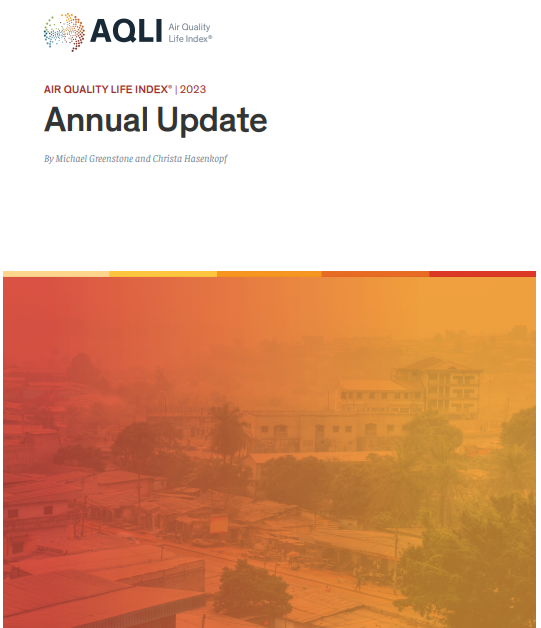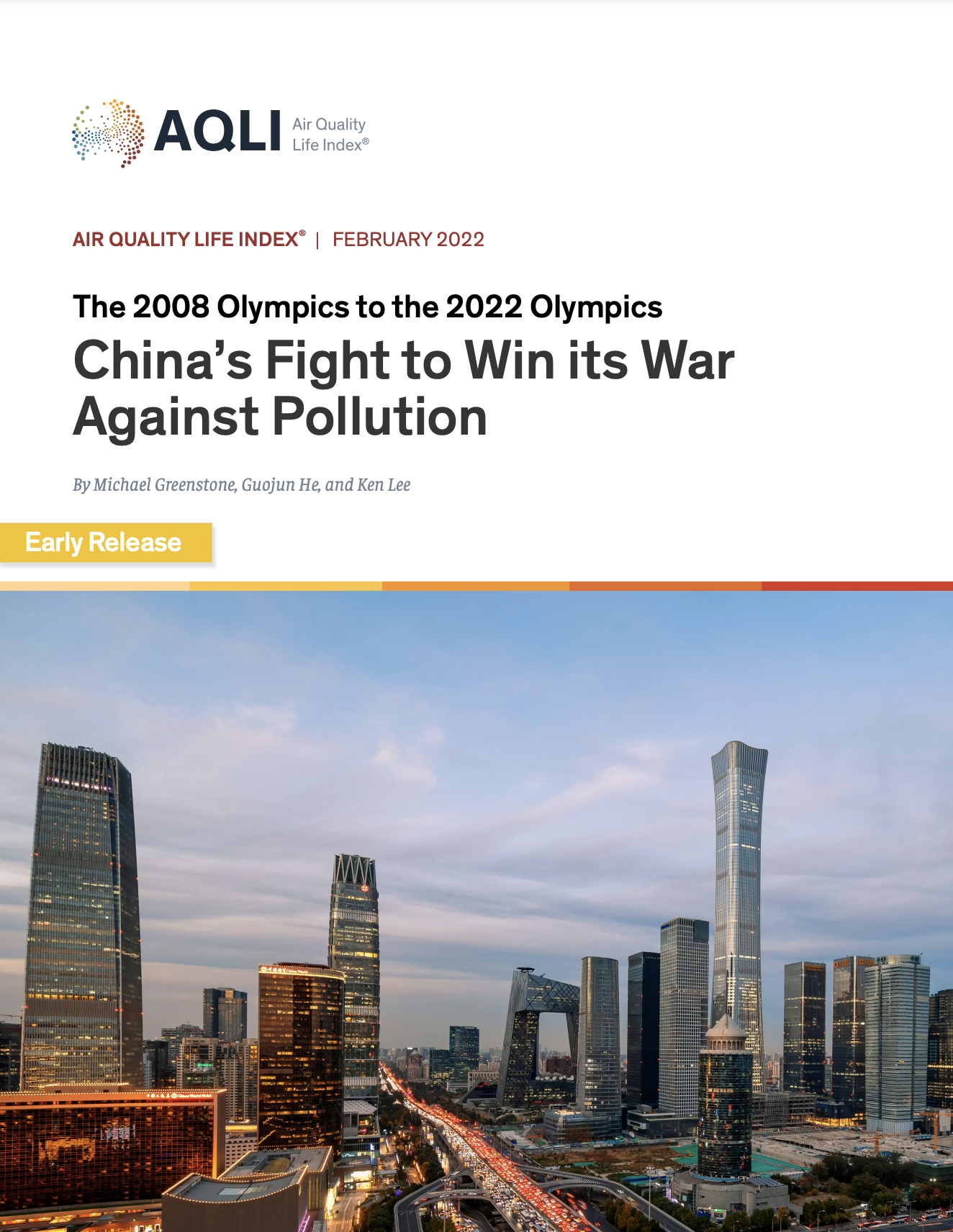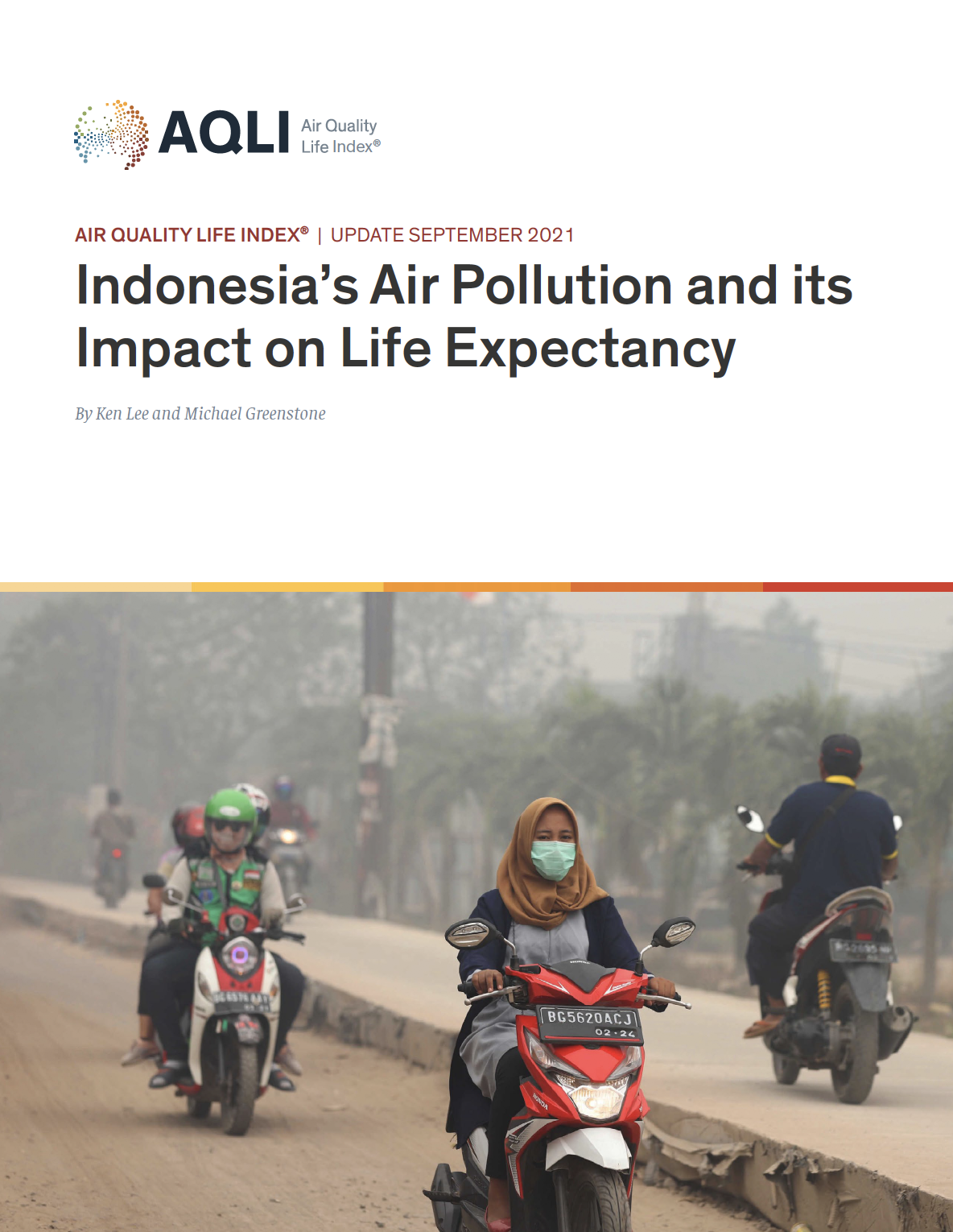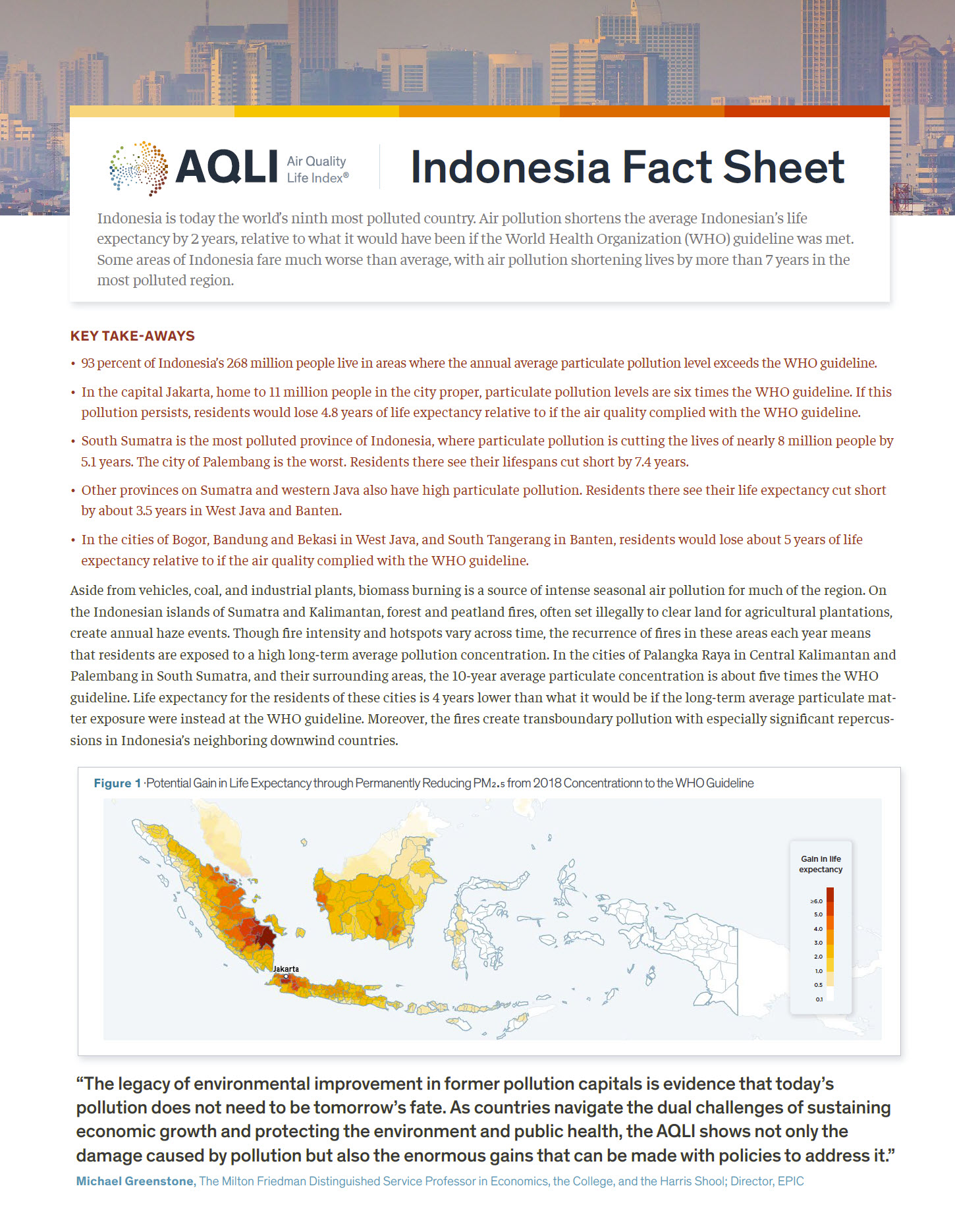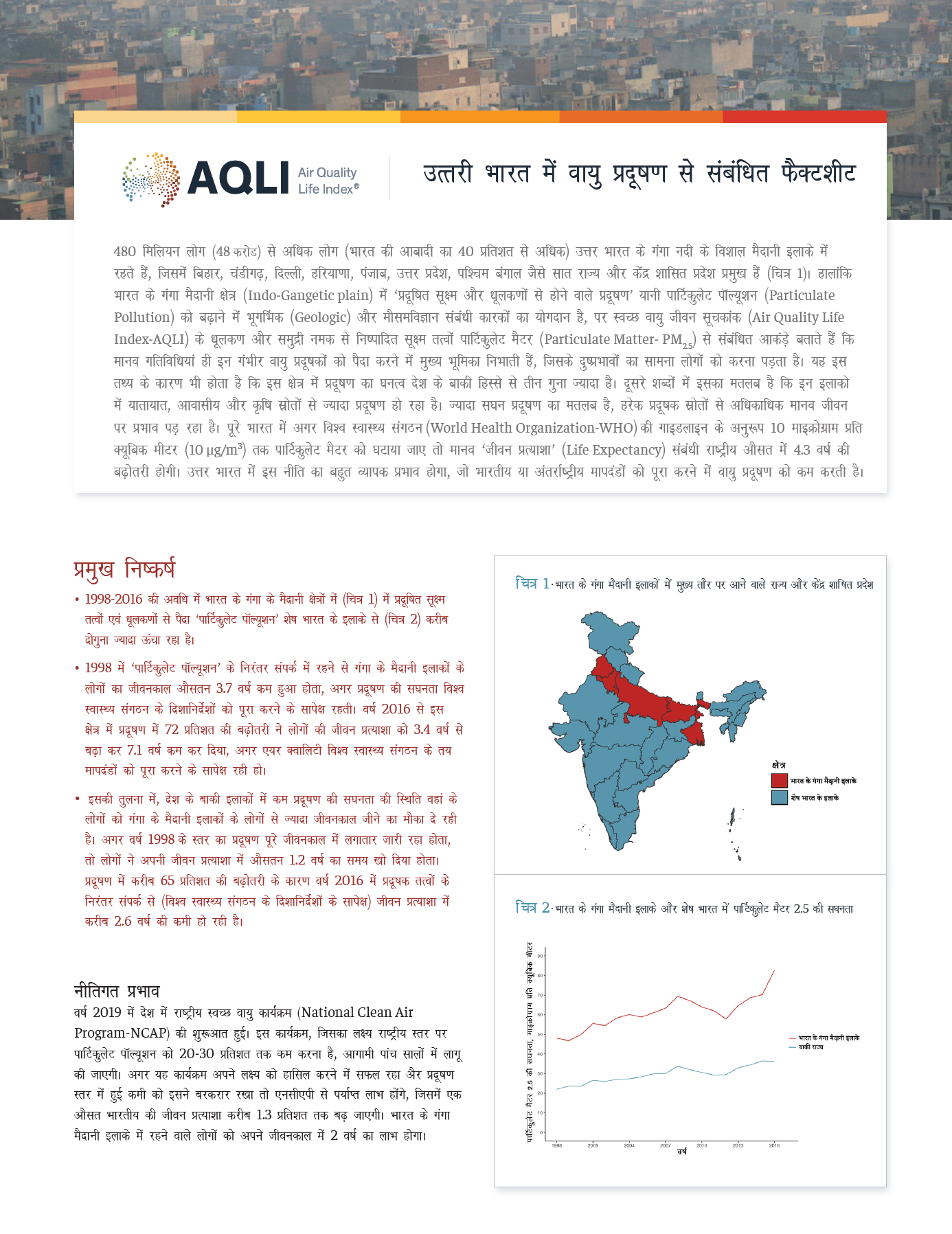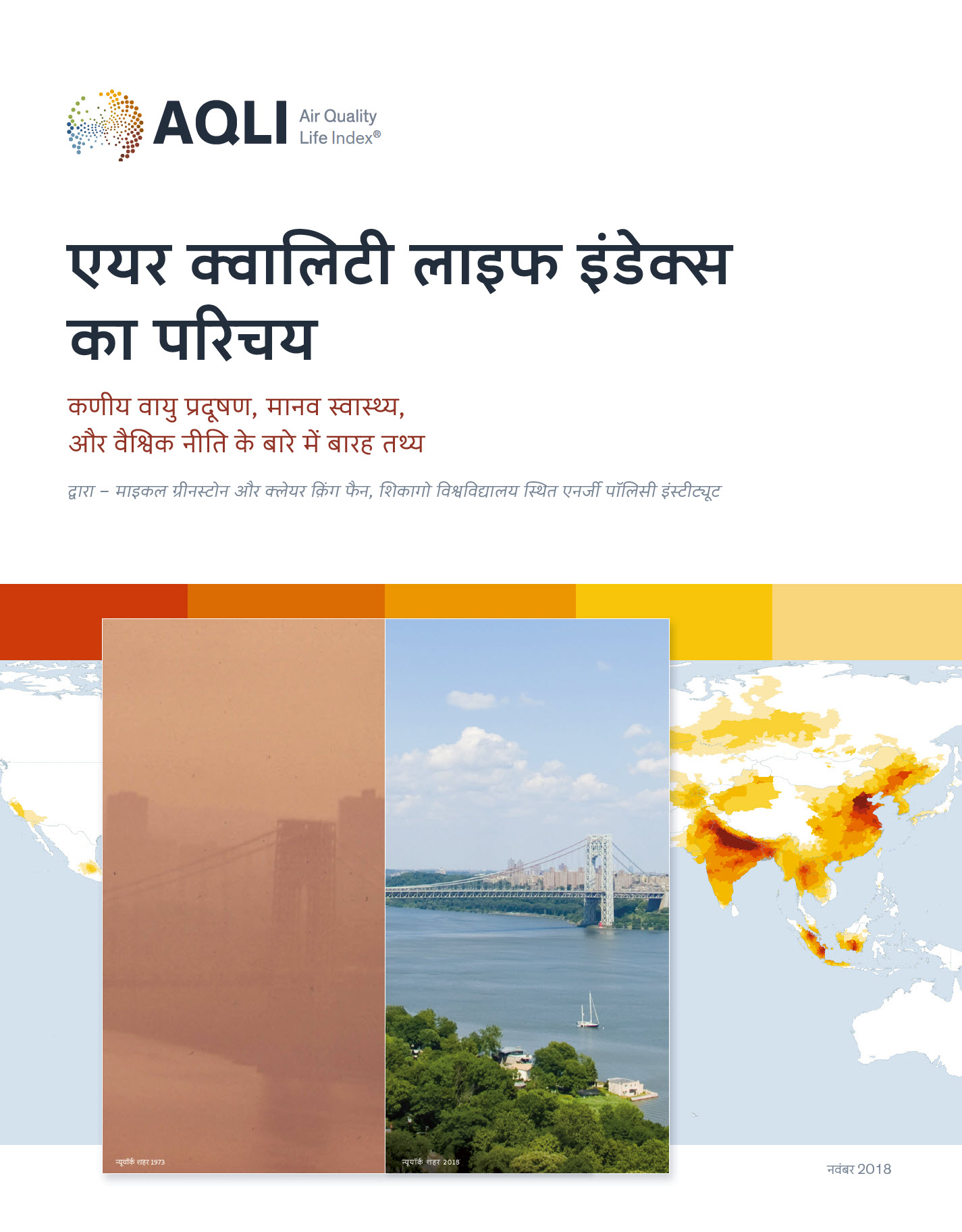• 2023
वार्षिक अपडेट
द्वारा: माइकल ग्रीनस्टोन और क्रिस्टा हेसेनकॉप
वायु प्रदूषण ग्रह पर मानव जीवन प्रत्याशा के लिए सबसे बड़ा बाहरी खतरा है। ए क्यू एल आई के नवीनतम 2021 आंकड़ों से पता चलता है कि विश्व स्वास्थ्य संगठन (WHO) के दिशानिर्देशों को पूरा करने के लिए वैश्विक PM2.5 वायु प्रदूषण को स्थायी रूप से कम करने से औसत मानव जीवन प्रत्याशा 2.3 वर्ष से बढ़ जाएगी – या संयुक्त रूप से 17.8 अरब जीवन वर्ष का लाभ होगा। वैश्विक जीवन प्रत्याशा पर PM2.5 का प्रभाव धूम्रपान के बराबर, शराब और असुरक्षित पानी के उपयोग से 3 गुना से अधिक, कार दुर्घटना जैसी परिवहन चोटों से 5 गुना से अधिक और एच आई वी/एड्स से 7 गुना से अधिक है।










